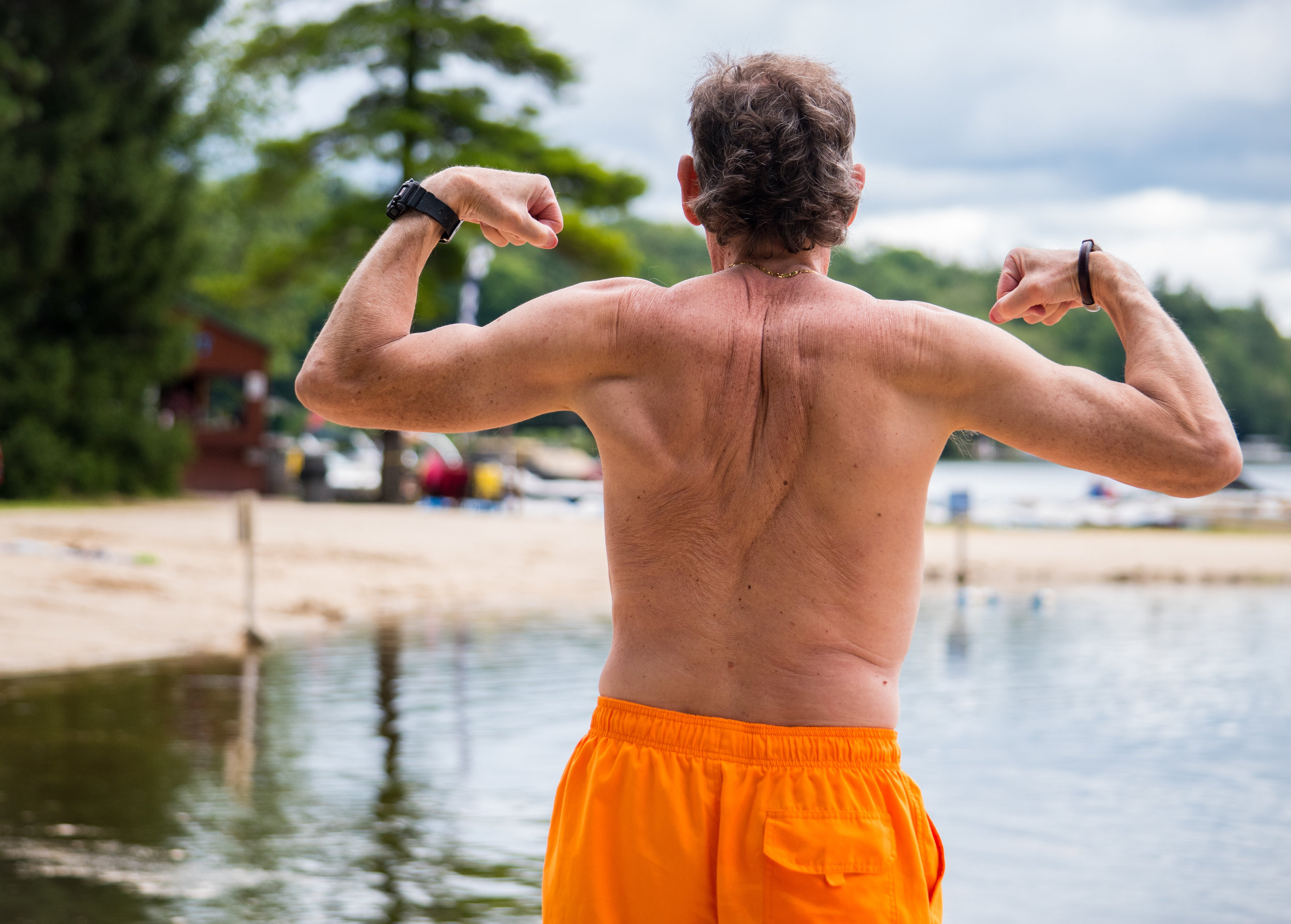When we think about things that are tough, you might find a number of images spring to mind. Steel, diamonds, Chuck Norris – a bunch of stuff is renown for being resilient. I remember as a kid at the Sydney Easter Show watching the wood-chopping events being struck with an admiration for what these people could do with an axe and brute strength and I know from helping a number of local timber workers past and present (most missing a finger or toe or two) that these are some tough people. In fact I remember the look of pride on the face of one such fellow as he showed me a photo of him with his chainsaw on top of a tree he had fell that was easily wider than he was tall by several feet.
But when we think about toughness you might be surprised to learn just how tough your body actually is. Did you know that it actually takes pressure of more than 250kg per square centimetre to deform connective tissue like the plantar fascia or the iliotibial band by just 1%. To lengthen connective tissue like fascia its been found that it takes a force greater than 4515 Newtons or 460kg to create just 1% change. This means that your body is actually really tough! But why then do we hurt? We hurt because pain is protective and a product of our nervous system, not usually because of actual tissue damage. It is by and large for this reason a large number of people will have scans and investigations for their pain only to find that there is nothing to see. For those who have imaging done and find an outcome, the research tells us that it is very unlikely that pain exists and persists for the reasons able to be evaluated from imaging results. For the person in pain though, how does this help? I think that’s a particularly great question – what good is it knowing what reasons a patient shouldn’t have pain when are actually still hurting?
The point of knowing why someone hurts helps us to get to the bottom of what will actually help them get better. Knowing pain is protective and a product of the nervous system means that if we look for the stimuli that will actually be contributing to symptoms we can eliminate them and help our body’s to become more resilient towards them. By taking this approach, in more cases than not we can make the frequency, intensity and bothersomeness of pain become less. This also means that therapies reliant on passive modalities like massage and manual therapy need to be understood for their place in the bigger picture. Hands-on therapies and analgesia (pharmaceutical pain relief) aren’t able to meaningfully put anything back in to place like they are often conceived of as doing. Through various neurological reasons they can meaningfully give us great relief through reducing sensitivity, muscle rigidity

